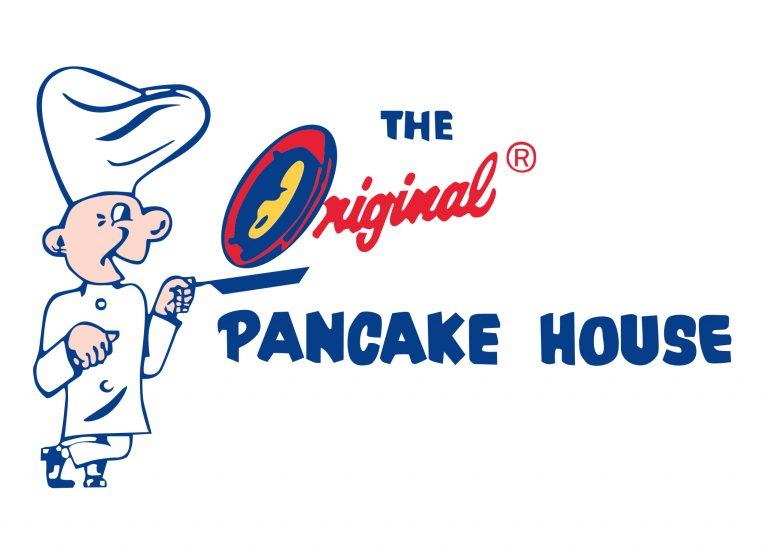Recipes
Role of AI in Food Industry (2023 Guide)
The food industry, an integral part of human civilization, has undergone a remarkable transformation over the years. From traditional family-run restaurants to global food conglomerates, this industry has consistently adapted to changing consumer preferences, technological advancements, and market dynamics.
Role of AI in Food Industry (2023 Guide)
In recent years, one technological marvel has emerged as a game-changer in the food industry – Artificial Intelligence (AI). AI is not just enhancing efficiency but also altering the way we produce, distribute, and consume food.
In this article, we will delve deep into the multifaceted role of AI in the food industry, exploring its applications across various segments, the benefits it offers, and the challenges it poses.
1. AI in Food Production
- Precision Agriculture
AI-driven precision agriculture is revolutionizing the way we grow crops and raise livestock. By using drones, sensors, and data analytics, farmers can monitor and manage their fields with unprecedented accuracy.
AI algorithms process data on soil health, weather conditions, and plant growth to optimize irrigation, fertilization, and pest control. This not only increases crop yields but also reduces resource wastage, making agriculture more sustainable.
- Predictive Maintenance
In the food production sector, machinery and equipment play a critical role. AI-powered predictive maintenance systems analyze data from sensors attached to machines to predict when maintenance is needed. This minimizes downtime and ensures the smooth operation of food processing plants, ultimately contributing to higher productivity and cost savings.
- Quality Control
Ensuring consistent product quality is paramount in the food industry. AI-driven computer vision systems can inspect and grade food products with unparalleled accuracy. From sorting fruits and vegetables to detecting contaminants in processed foods, AI reduces human error and enhances the overall quality control process.
2. AI in Food Processing
- Recipe and Menu Optimization
Restaurants and food manufacturers are leveraging AI to optimize recipes and menus. By analyzing customer preferences, dietary restrictions, and trending ingredients, AI can suggest new recipes, portion sizes, and ingredient substitutions. This enables businesses to cater to a wider audience and create more appealing offerings.
- Personalized Nutrition
AI-powered apps and platforms are helping consumers make healthier food choices. These applications consider individual health goals, dietary restrictions, and preferences to provide personalized nutrition recommendations. AI can also analyze food labels and ingredients to offer insights into the nutritional content of packaged products.
- Food Safety
Food safety is a top priority in the food processing industry. AI-powered systems can monitor food production lines in real time, identifying potential contaminants or defects. Additionally, AI algorithms can predict food safety issues by analyzing historical data, helping companies take preventive measures.
3. AI in Food Distribution
- Supply Chain Optimization
AI plays a vital role in optimizing the food supply chain. From predicting demand to managing inventory, AI-driven systems help streamline logistics and reduce waste. Advanced analytics enable businesses to make data-driven decisions regarding production, transportation, and storage, ultimately saving costs and reducing environmental impact.
- Last-Mile Delivery
The rise of online food delivery platforms has increased the demand for efficient last-mile delivery solutions. AI-powered route optimization algorithms ensure that food orders are delivered quickly and efficiently, while also considering factors like traffic and weather conditions. This improves customer satisfaction and reduces delivery costs.
4. AI in Food Service
- Customer Service Chatbots
Restaurants and food service providers are increasingly using AI-powered chatbots for customer service. These chatbots can take orders, answer frequently asked questions, and even personalize recommendations based on customer preferences. This not only enhances the customer experience but also reduces labor costs.
- AI in the Kitchen
Commercial kitchens are benefiting from AI-driven appliances and robots. These machines can handle repetitive tasks like chopping vegetables, flipping burgers, or brewing coffee. This automation improves kitchen efficiency, reduces errors, and frees up human chefs to focus on creativity and quality.
5. AI in Food Marketing
- Targeted Advertising
AI enables food brands to create highly targeted advertising campaigns. By analyzing customer data and online behavior, AI can identify potential customers and deliver personalized ads. This not only increases the efficiency of marketing efforts but also enhances customer engagement.
- Menu Engineering
Restaurants use AI to optimize their menus for profitability. By analyzing sales data and customer preferences, AI can recommend price adjustments, menu item placements, and promotions. This data-driven approach helps restaurants maximize their revenue.
6. AI in Food Waste Reduction
- Inventory Management
AI helps businesses reduce food waste by optimizing inventory management. Real-time data analysis allows companies to track inventory levels and expiration dates more accurately, minimizing overstocking and spoilage.
- Donation Matching
AI platforms can match surplus food from restaurants and retailers with local food banks and charities. This reduces food waste while addressing issues of hunger and food insecurity in communities.
Challenges and Concerns
While AI offers numerous benefits to the food industry, it also presents some challenges and concerns that must be addressed:
- Data Privacy: The collection and use of consumer data for personalization raise privacy concerns. Companies must handle customer data responsibly and ensure compliance with data protection regulations.
- Job Displacement: Automation and AI in the food industry may lead to job displacement for certain roles. It’s essential to provide training and opportunities for workers to transition into new roles.
- Bias in AI: AI algorithms can inherit biases present in training data, potentially leading to unfair outcomes or reinforcing existing inequalities. Careful data curation and algorithm auditing are necessary to mitigate bias.
- Food Safety Risks: Relying heavily on AI for food safety may pose risks if the technology fails or if it is not properly calibrated. A balance between automation and human oversight is crucial.
Conclusion
Artificial Intelligence is reshaping the food industry at every stage, from production and processing to distribution and service. It brings increased efficiency, reduced waste, improved safety, and enhanced customer experiences.
However, the adoption of AI also presents challenges related to data privacy, job displacement, bias, and food safety. To fully harness the potential of AI in the food industry, stakeholders must collaborate to address these issues while embracing the opportunities for innovation and sustainability that AI offers.
As technology continues to evolve, the food industry will undoubtedly continue its delicious journey into the future with AI as a trusted partner.







